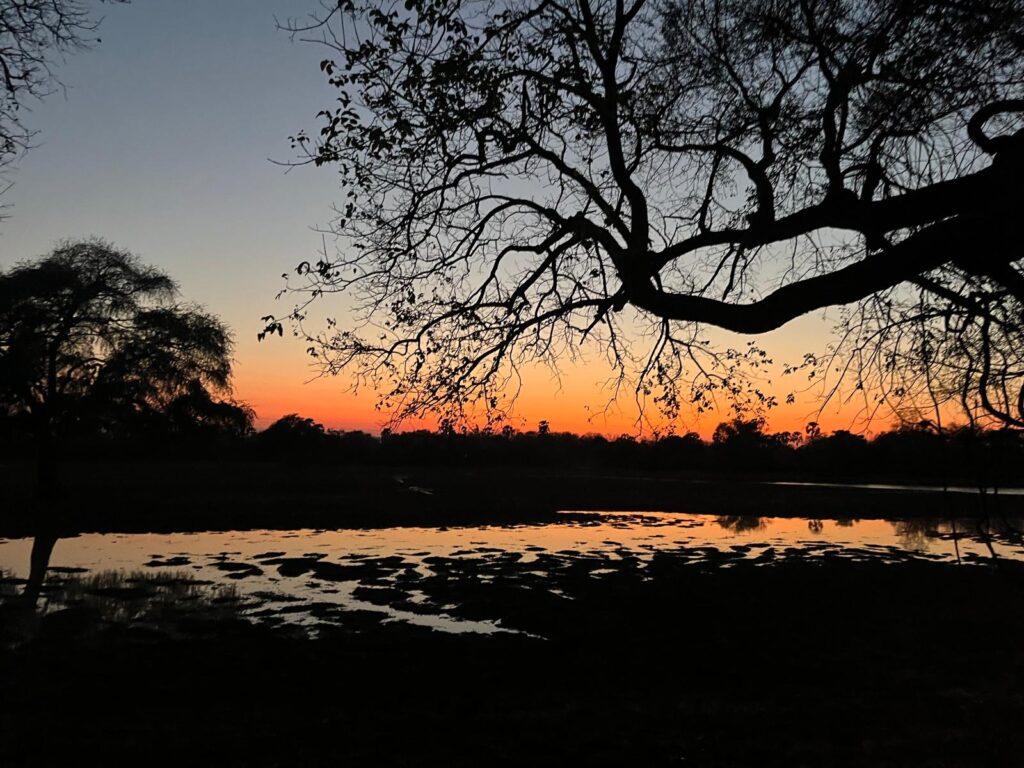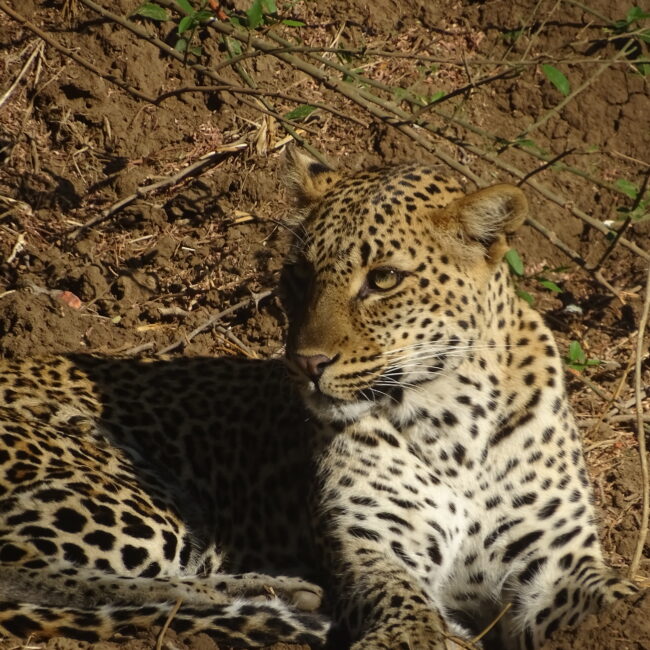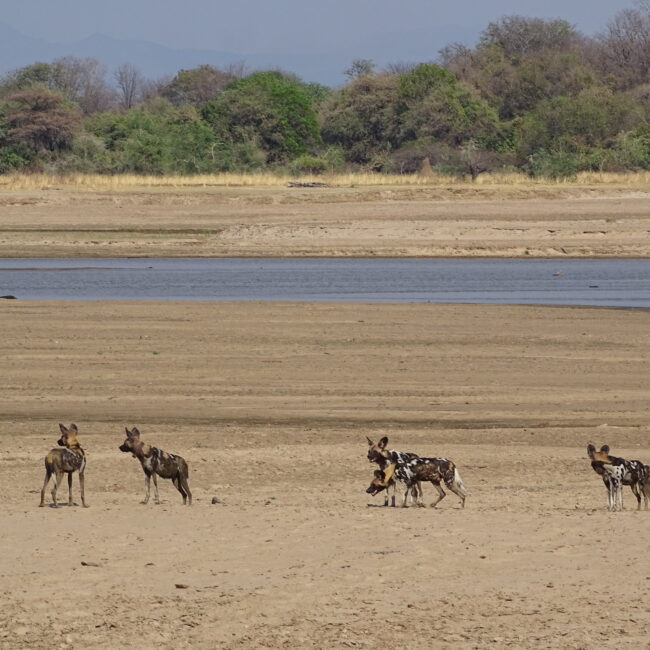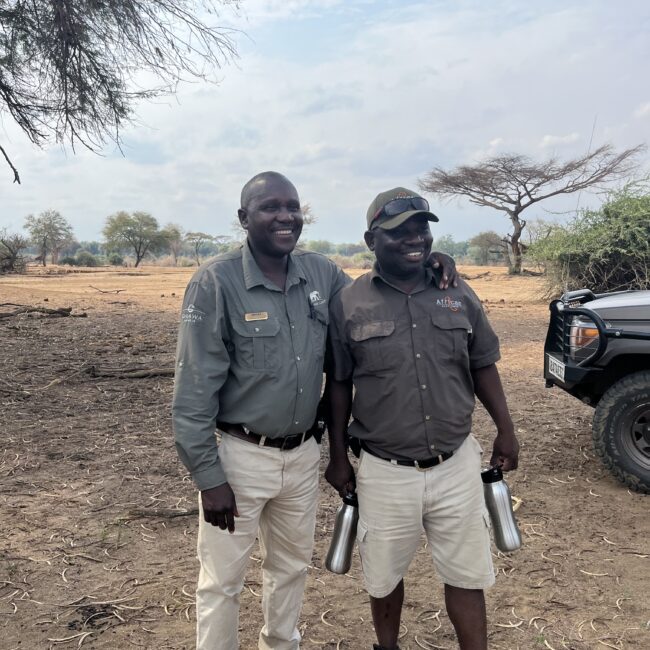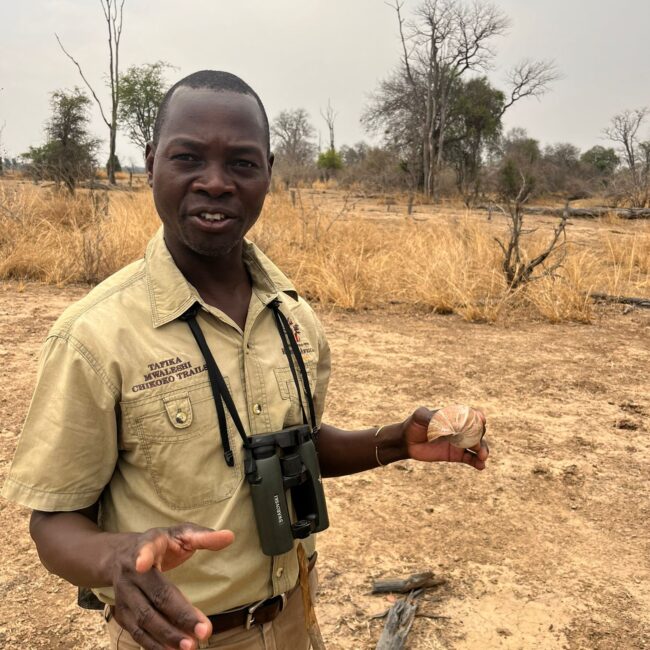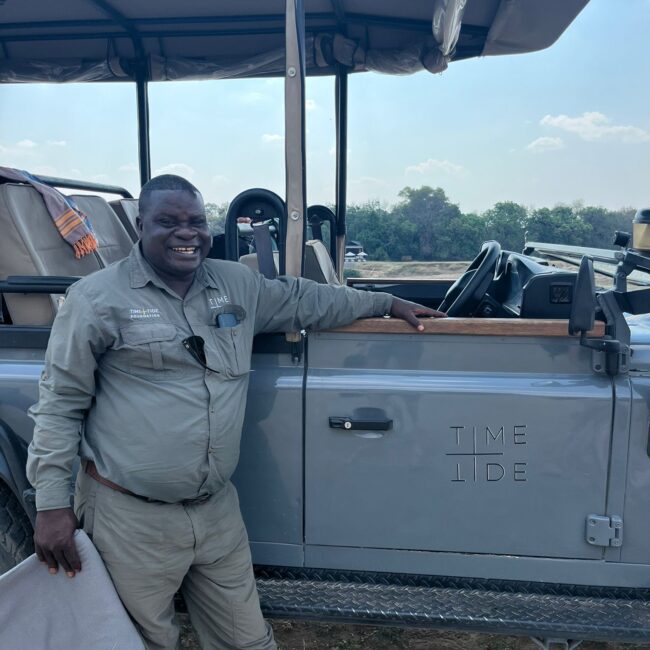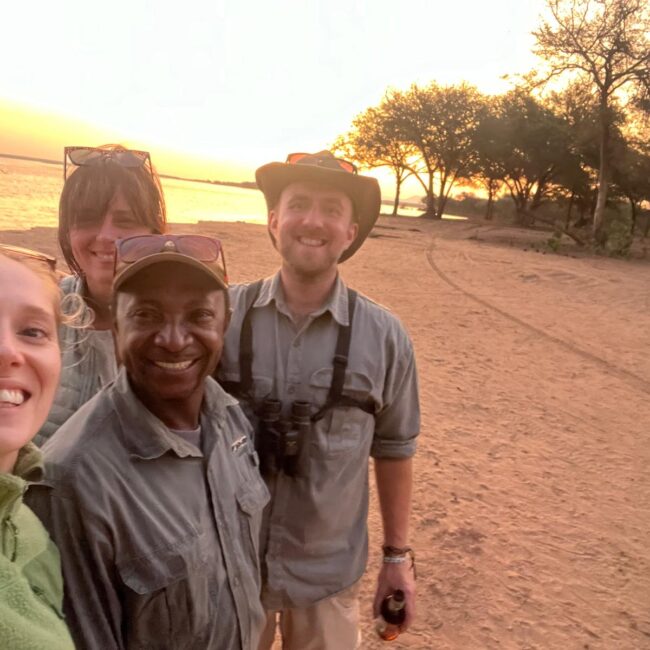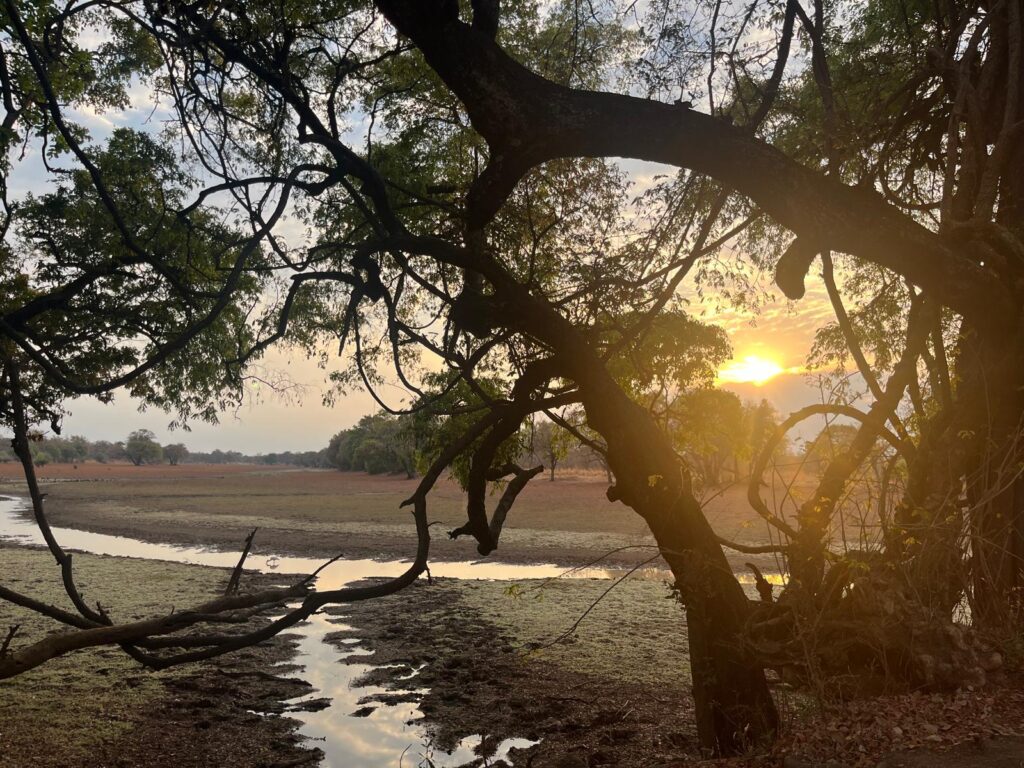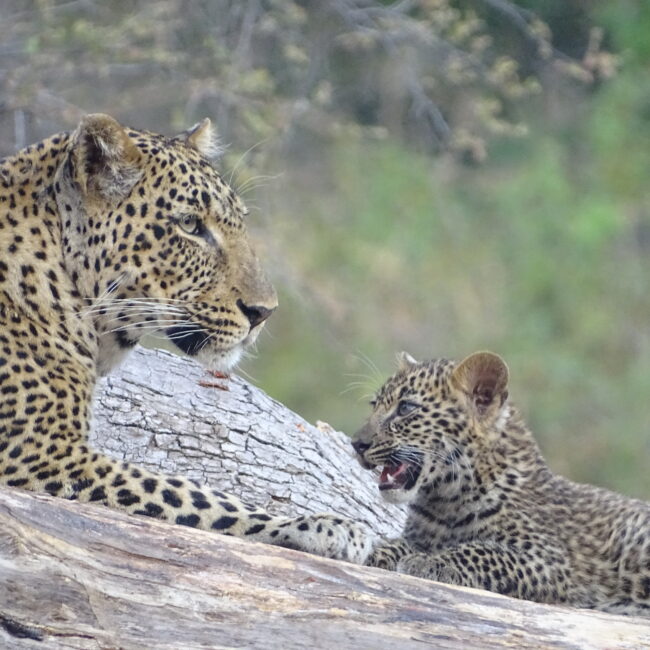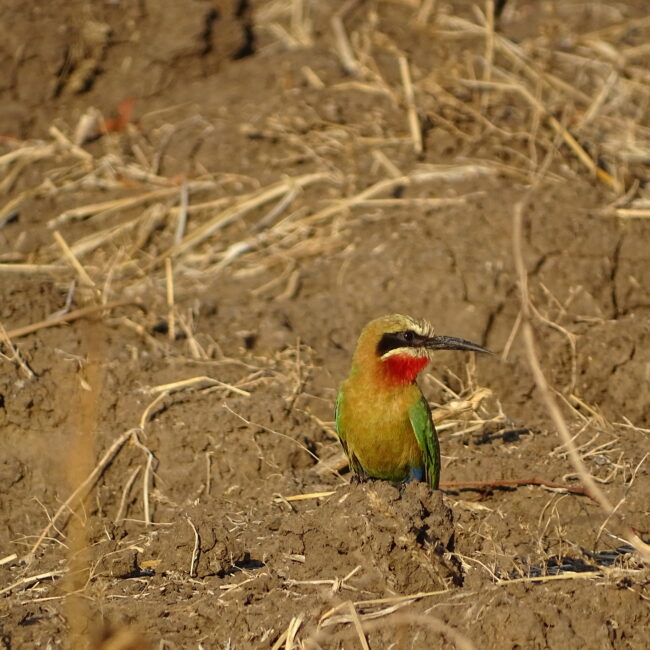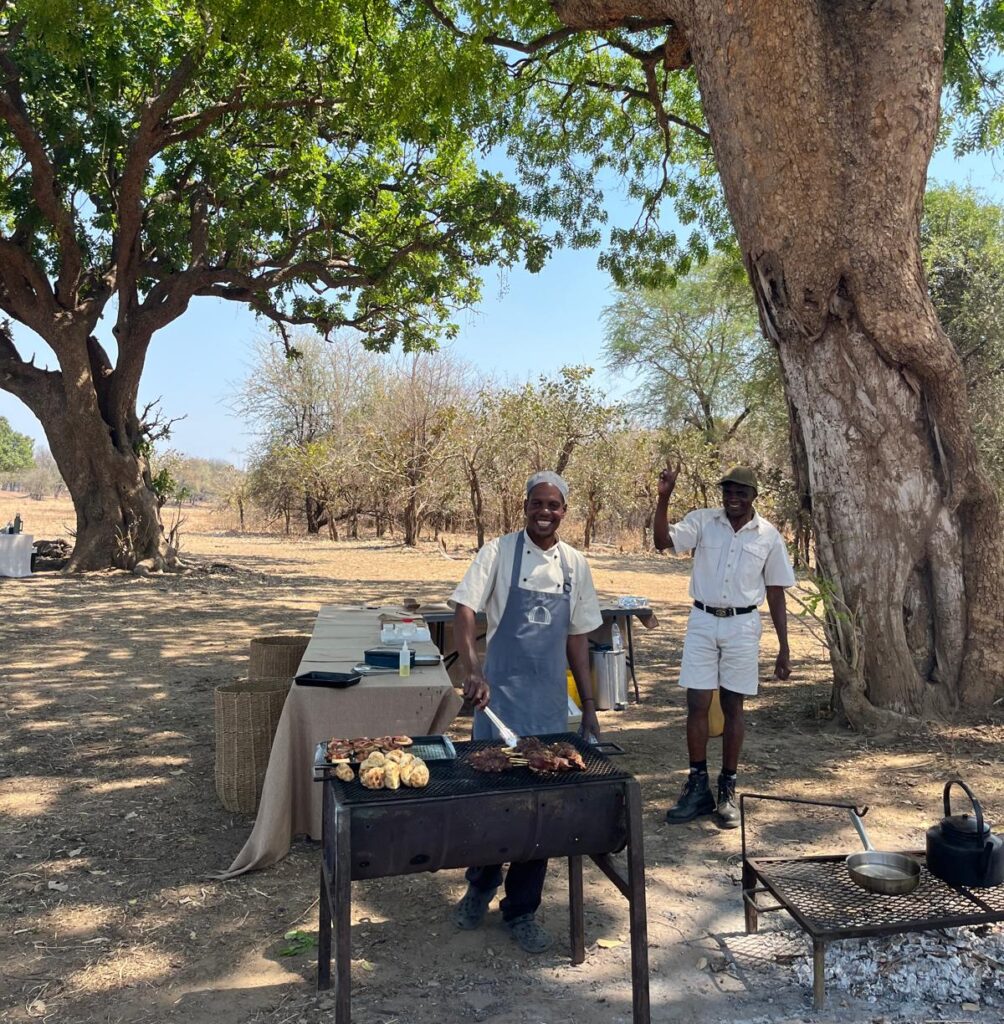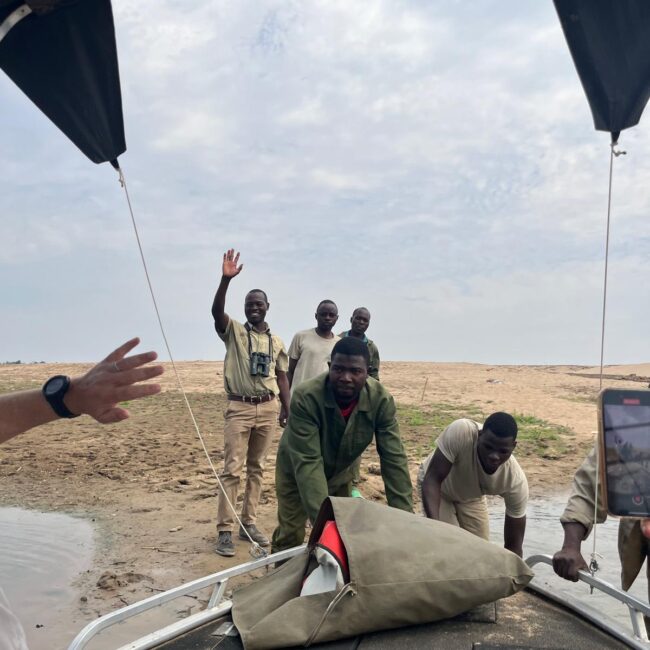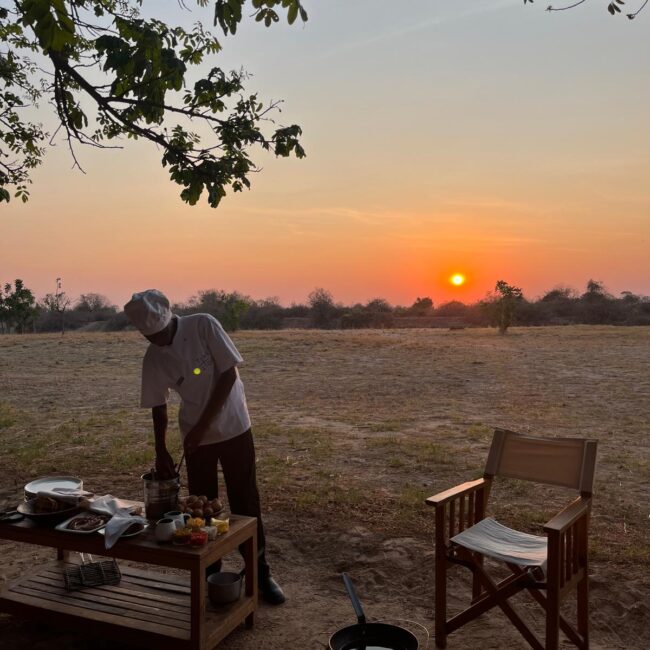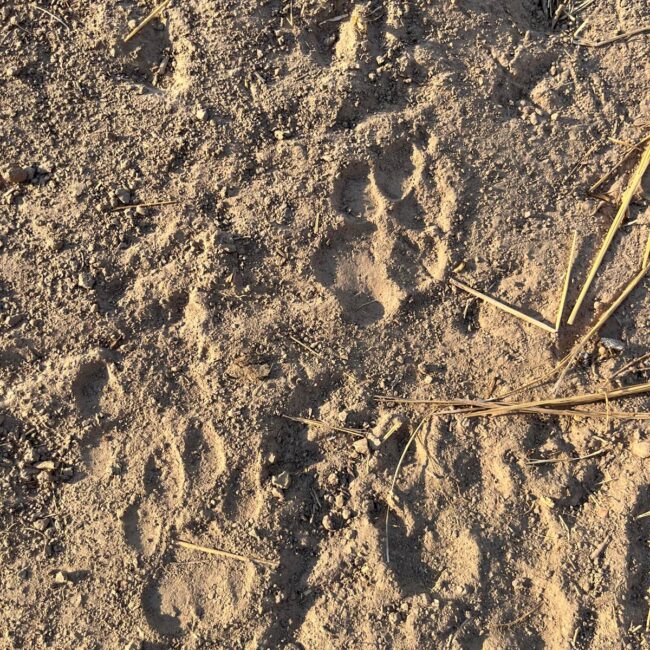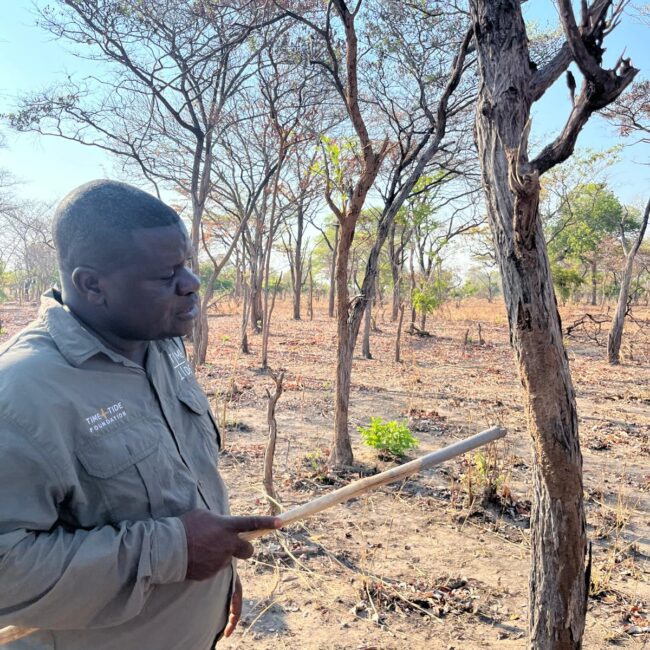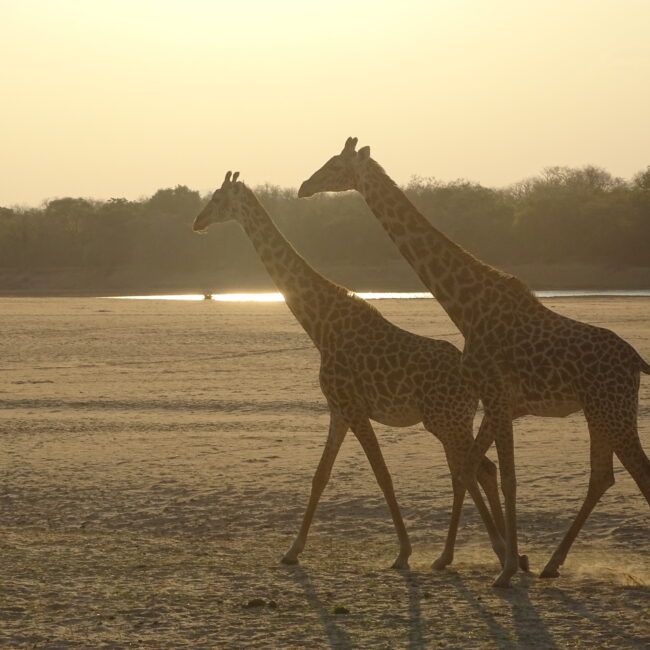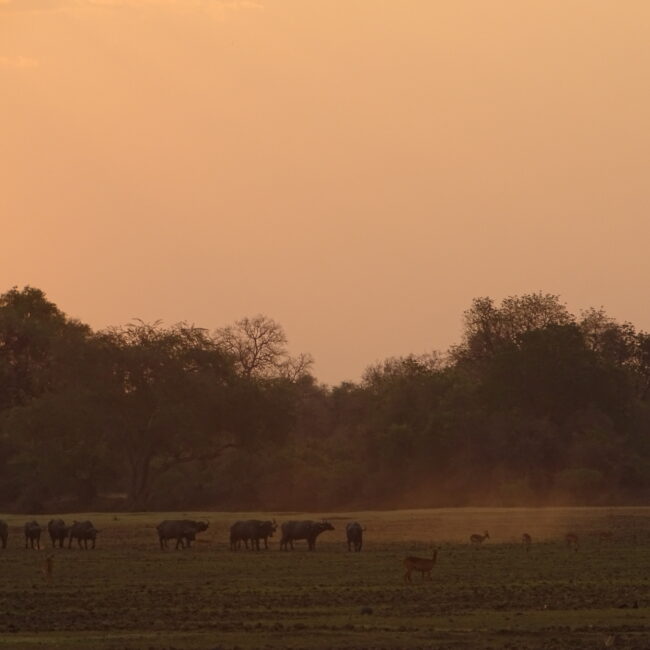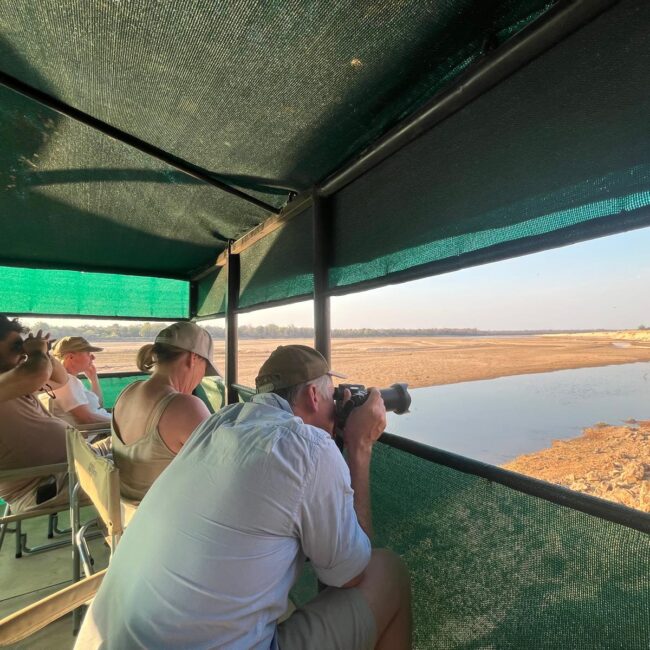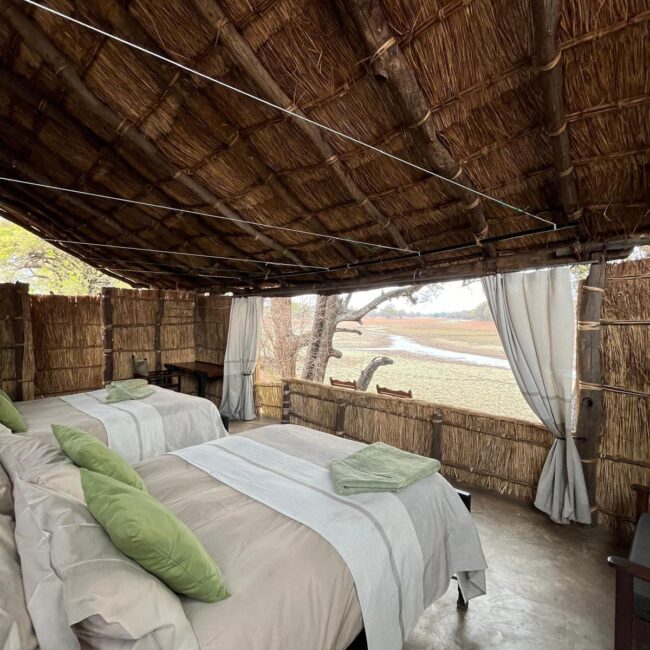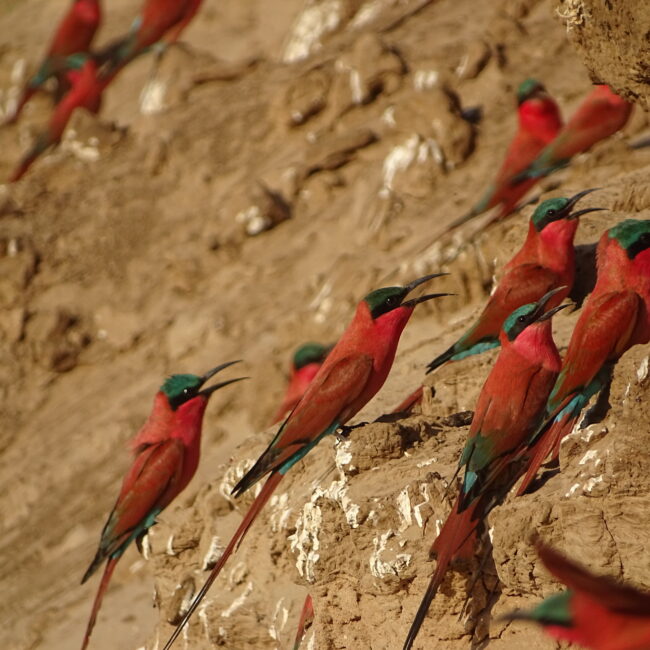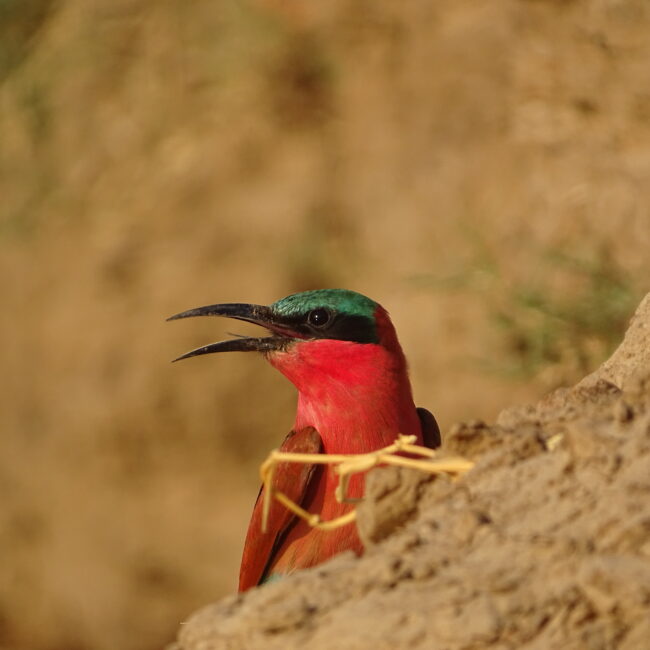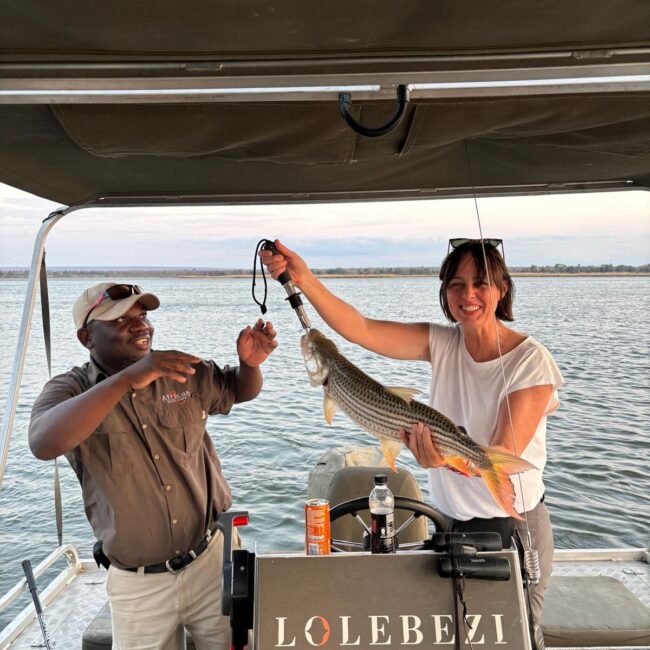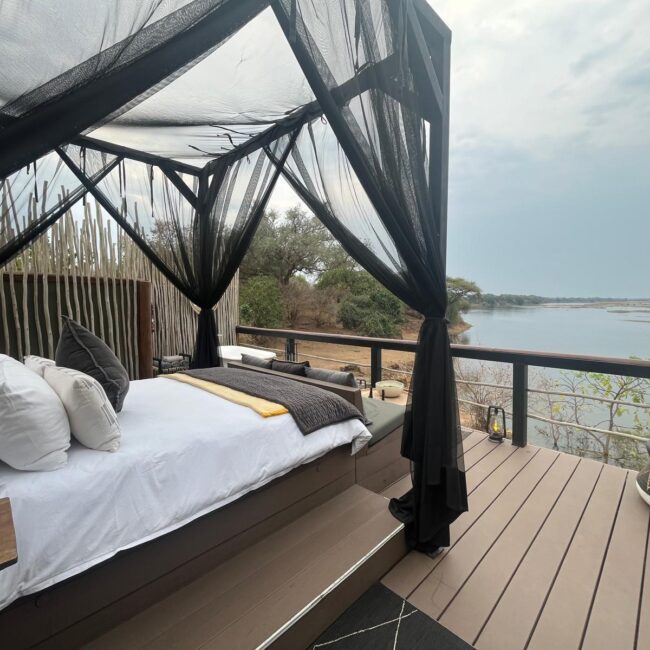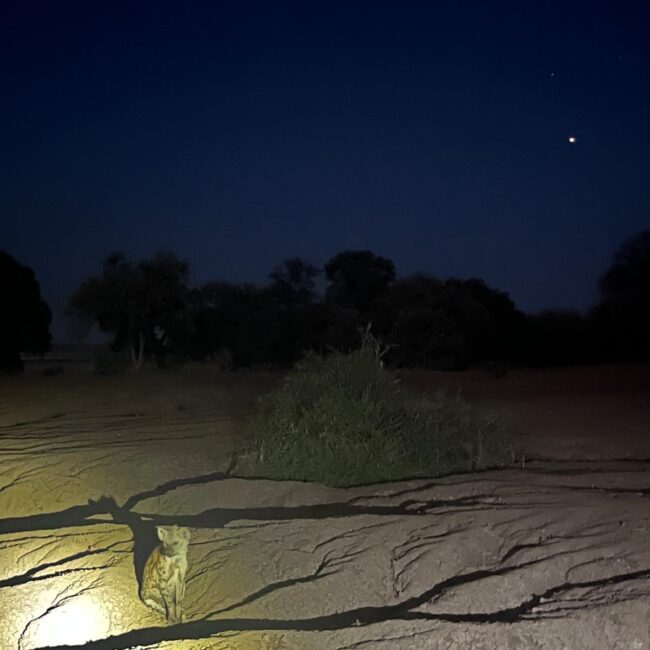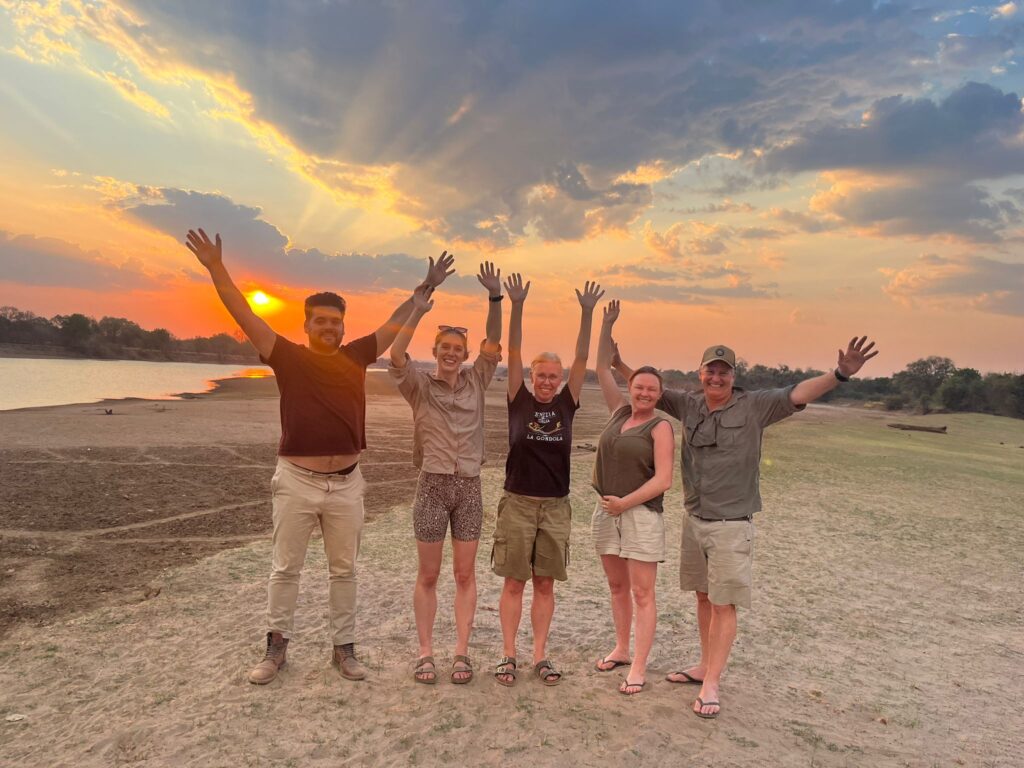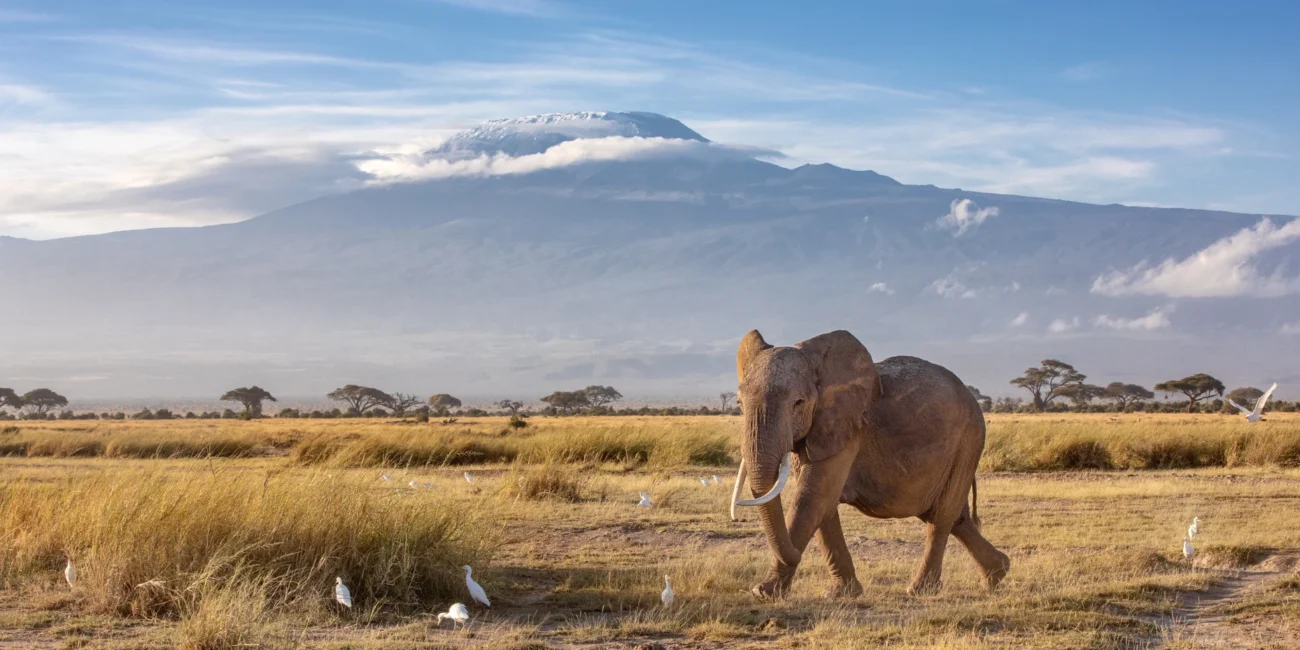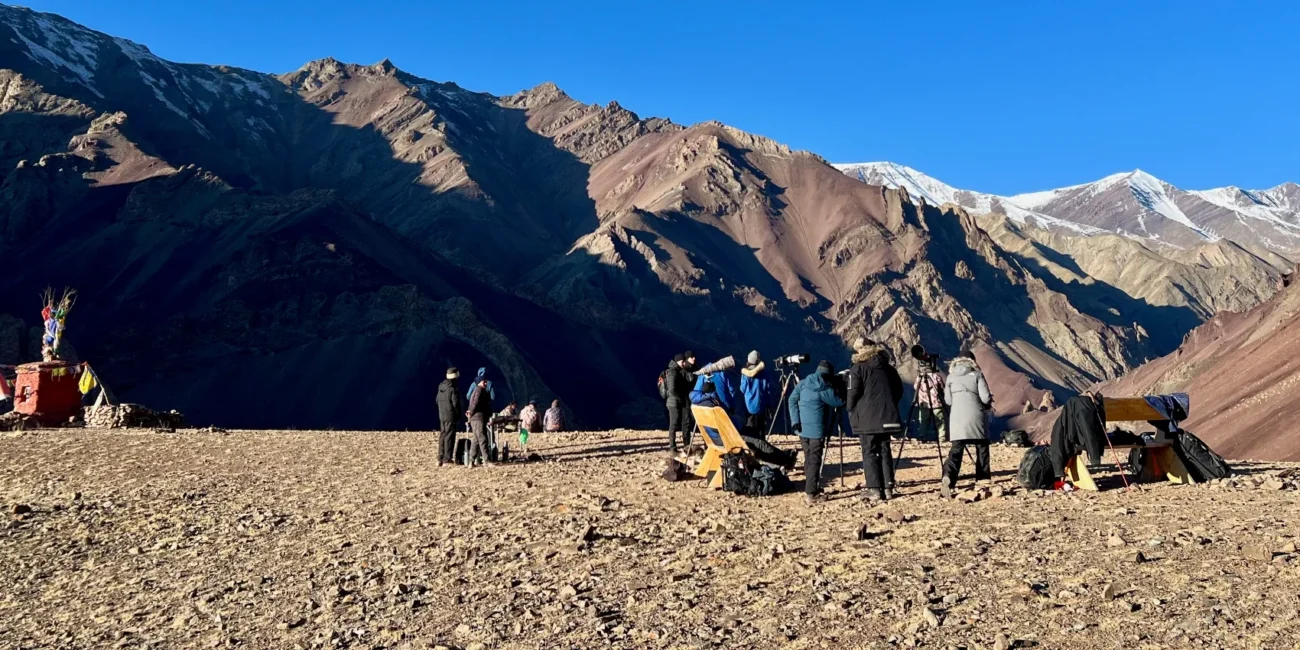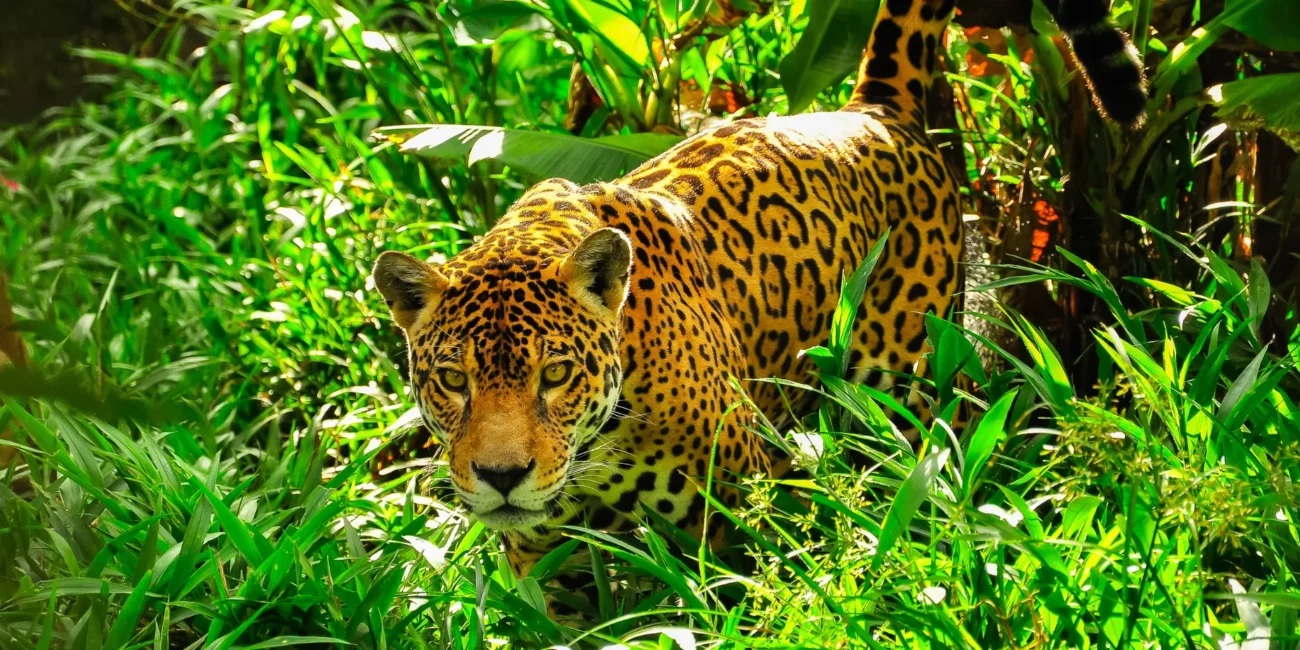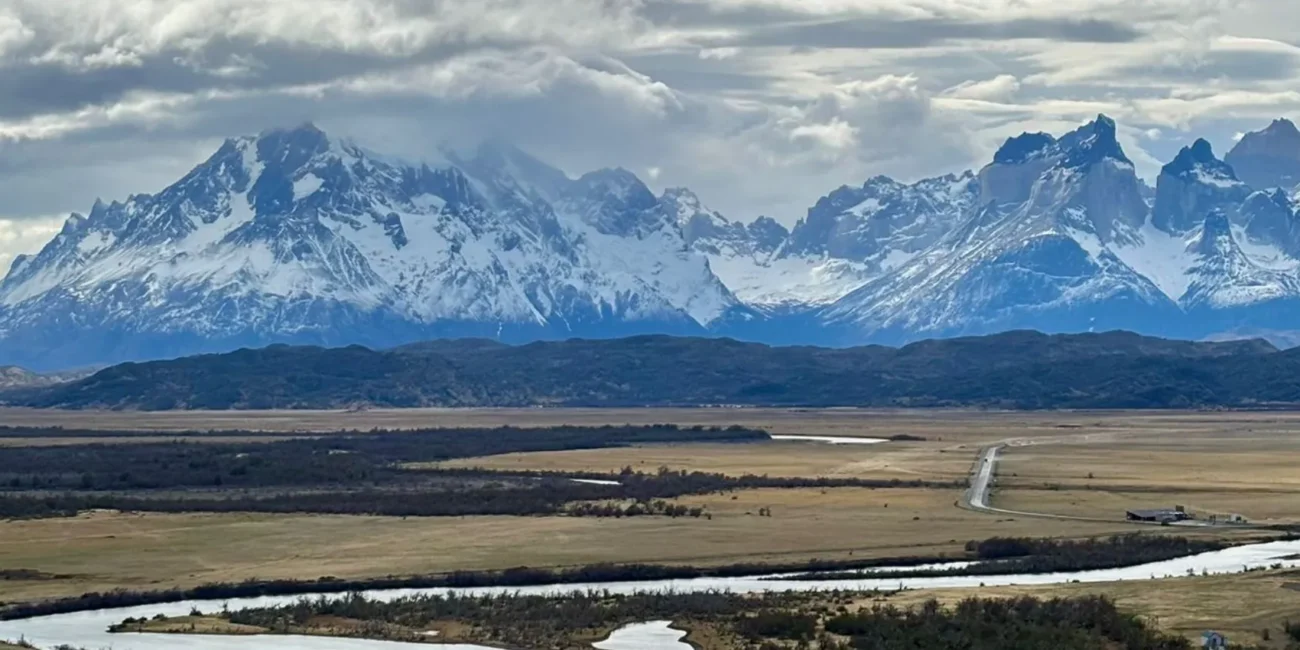As elephant numbers rebound following a celebrated conservation scheme and new luxury camps take root, this lesser-visited corner of Africa is establishing itself as one of the continent’s most exciting safari destinations. – Sarah Marshall, National Geographic
Zambia is a very special place. Home to both incredible biodiversity, including the endemic Thornicraft’s giraffe and Cookson’s wildebeest, and renowned for its specialist walking safaris, it is also a destination where ecotourism and conservation provide much-needed opportunity for rural local communities.
Read on for some of my key takeaways from an unforgettable scouting trip I enjoyed to South Luangwa and Lower Zambezi National Parks this October…
The presence of safari camps and lodges helps deter poaching in remote areas that would otherwise be unprotected, something that is especially true at the likes of Sungani and Kulandila – the most southern camps in South Luangwa National Park.
The majority of the teams across Zambia’s camps come from the local communities. Many of the senior guides and chefs began their career as tea bearers, kitchen porters or barmen and women before progressing to spotters, assistant chefs, scouts and beyond. This was true of Sungani’s Brian, Remote Africa‘s Amon, Time + Tide’s Julius, Chiawa’s Moses and Amanzi’s Spencer. Each of these wonderful characters had a powerful story about their personal journey and it was apparent how much emphasis these operators place on upskilling and development.
Many of the safari camps and lodges support local conservation NGOs, helping to amplify their work, raise funds, and improve access to remote destinations for research and data collection. For example, Sungani has sponsored collars for Zambian Carnivore Programme’s (ZCP) carnivore research (with enough warning, curious guests can join their team for a memorable telemetry tracking experience) and pledged to match donations to Conservation South Luangwa (CSL) for the third year running, with the aim of raising another total of $50,000 to support CSL’s programmes in 2025. A large portion of Conservation Lower Zambezi’s (CZL) funding comes from tourism partners in the park and in neighbouring, community-owned game management areas (as part of a membership scheme, camps and lodges contribute up to $1,000 (£880) a month*).
*2022 data
Ecotourism and conservation are providing worthwhile opportunities for many who might otherwise have to turn to extreme measures, such as illegal poaching, for a livelihood. At most of the camps, you will find a staff to guest ratio of 2:1, if not 3:1 and in some cases even 4:1. Of the 63 Zambian Carnivore Programme ecologists working across three Zambian National Parks, 85% of these are Zambian. Of Conservation South Luangwa’s 137 staff, only 4 are non-Zambian. During an insightful talk given by African Parks in Lusaka’s Ciela, I was thrilled to learn that, following the first two years of management of Kafue National Park, they now employ a greater number of local Zambians than they have made arrests for illegal poaching and snares. Jo Pope, founder of Project Luangwa, a project that offers community empowerment through educational sponsorship and improving gender equality, was especially keen to emphasise how their work would be impossible without ecotourism.
It is apparent that, especially in the beautiful, wild and remote regions of Zambia, both marginalised communities and the wildlife they share their homes with can benefit from purposeful travel.
As well as witnessing firsthand the benefits of tourism to these regions, the safari experience I enjoyed was second to none.
Amongst the big hitters (leopards, lions, big tuskers, giraffes, wild dogs ETC.), I was privileged to discover a whole host of fascinating smaller species, from bushy and banded tailed mongoose to genets, honey badgers, bush pigs and more. Our guides proved Zambia is more than deserving of its reputation of having some of the best guiding on the continent, with insight shared on everything from impala’s territorial poo piles to the tracks hippos’ whiskers make on dusty terrain, the impact Strangler figs have to trees and the surrounding ecosystem and the subtle difference between Perissodactyla and Artiodactyl ungulate tracks. From ensuring vehicles were perfectly positioned to allow all guests and photographers the optimum view of a sighting, to finetuning their anecdotes to suit our groups’ special interests, the teams who looked after us were exceptionally well versed at tailoring the experience to make it as seamless, enjoyable and informative as possible.
For those interested in exploring the vast and abundant landscapes across South Luangwa and Lower Zambezi National Parks, read on for my top pick of memorable experiences…
South Luangwa
- During a stay at Sungani or Kulandila, settle in for golden hour at one of their purpose-built hides. A photographer’s dream, the hide Michael Davy has built on the banks of Luangwa River will place you at eye level mere feet away from the ~two-thousand strong colony of brightly coloured carmine bee-eaters as they burrow into their sandback nests. A full photographic room back at camp will offer you the chance to hire photography equipment and edit your imagery with their high-tech kit.
- Big Lagoon is aptly named for its location beside an abundant lagoon. A camp that is solely focused on expertly-led walking safaris around the Chikoko Trails, you may still find yourself tempted to spend an afternoon watching the lagoon’s comings and goings from your chalet’s vast open windows or the communal decking area. Whilst we were in camp, a pride of lions and cohort of opportunistic spotted hyenas and vultures were causing a ruckus over two unfortunate buffalo who had got stuck in the mud. Listening to the confrontation between the lions and hyenas at night, taking place only a few metres from our bedroom windows, was an unforgettable experience.
- For those who love stepping out of the vehicle and experiencing the bush on foot, Time + Tide’s signature walking safari and sleep out combination is one not to miss. Set out from Nsolo or Luwi in the afternoon and travel by foot to the dry riverbed where you will spend the night. Tucking into a starlit bush dinner before settling down on a cosy bedroll to listen to the susurrations of the nighttime bush around you offers an extraordinary new take on immersion in true wilderness.
Lower Zambezi
- From the indulgent Lolebezi, positioned in one of the most exclusively remote areas of Lower Zambezi National Park, wile away a lazy afternoon on the Zambezi River with a pair of binoculars and fishing rod. Interrupted only by the distinct bellows of surrounding hippos, watch large crocs warm themselves on sunbanks, big tuskers move through the trees on the water’s edge and a multitude of birdlife soar overhead. Our experience ended with a dramatic 5lb tiger fish catch before one of the most beautiful sunsets I have been lucky enough to witness.
- Our night drive with Amanzi camp ranks amongst one of my favourite memories from my trip to Zambia. Having successfully found leopards, spotted hyenas and lions, our guide, Spencer, challenged us to try to identify the smaller fauna that becomes active at night. The fun of narrowing our focus to smaller species, spotting not one or two but six genets over the course of the evening, alongside bush babies and a Verreaux’s eagle owl, brought a whole new thrill to the experience. Also not to miss – an hour or two relaxing in the hammock on your room’s private decking, watching some of the largest herds of big tuskers I’ve ever seen cross the shallow waters in front of camp.
- One of my favourite camps with so much to spotlight, I have to mention Chiawa’s sleep out deck. Guests can opt to enjoy a private candlelit dinner on the Zambezi River in front of the open-air bedroom with food boated out to them, or for the captain to accompany them on the water. Enjoy the privacy and magic of dinner beneath the stars before retiring to the luxurious star bed tower where you can relax in a bubble bath or sit and watch for shooting stars before falling asleep to the sounds of animals passing through the bush and river beneath you.
These are just some of the exceptional memories I have from an unforgettable 10-days in Zambia. With a wide range of camps and superb game viewing across the national parks, it is a destination with something to to offer every type of traveller and niche of interest.
Please get in touch at lara.webster@stg-journeyswithpurposeorg-staging.kinsta.cloud if you would like to explore planning your own adventure into this beautifully raw, wild and hospitable country.
DIG A LITTLE DEEPER
Contribute to Positive Impact on a Hosted Journey.
Connect with Impact Partners around the world during a Private Experience.
